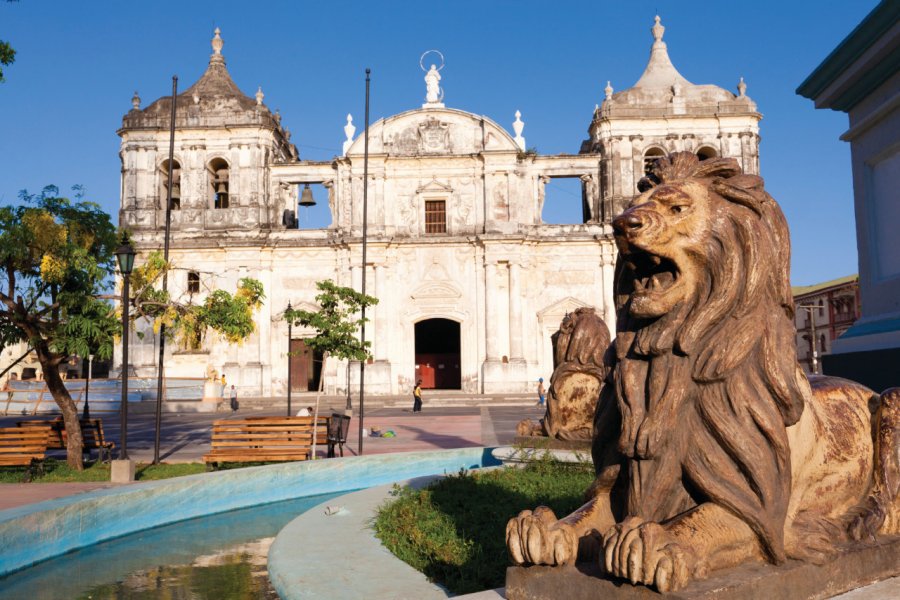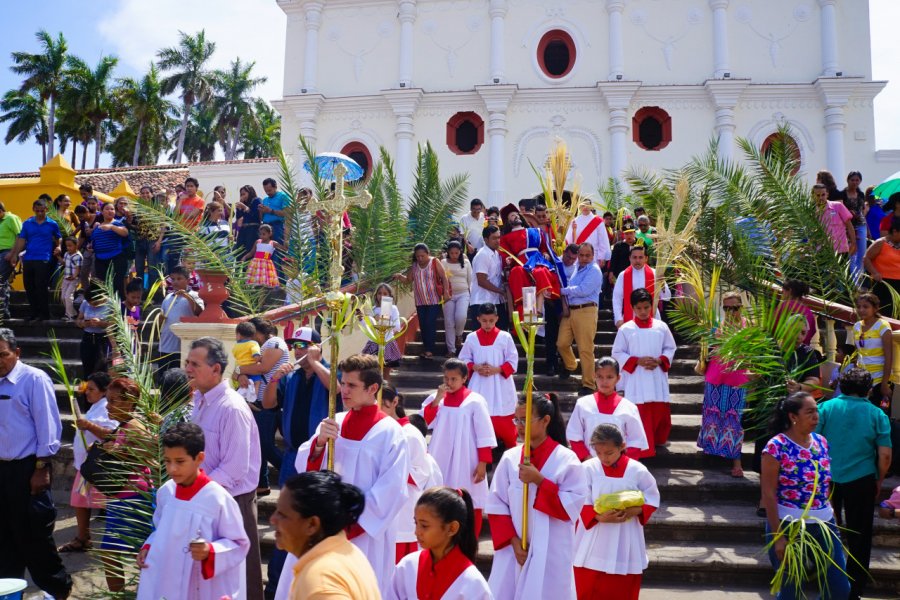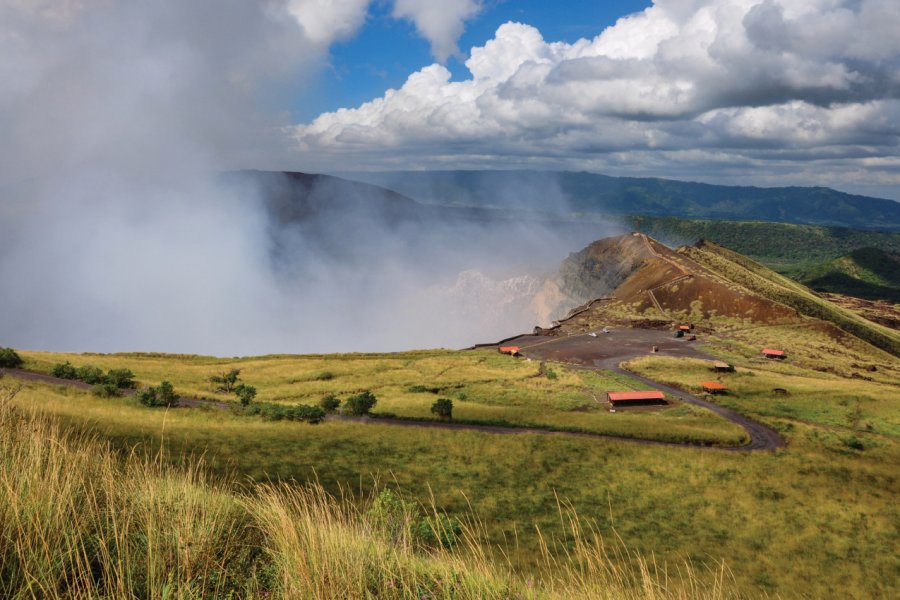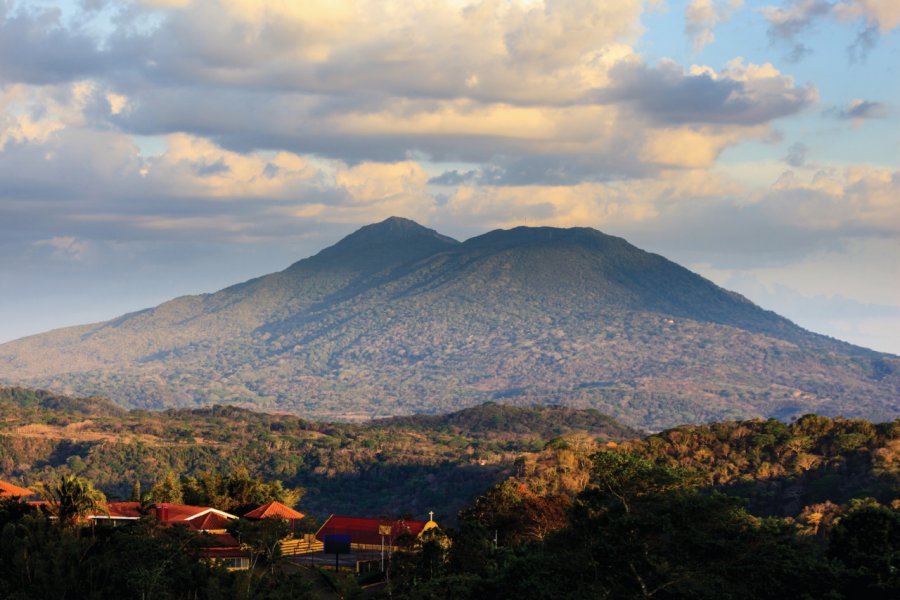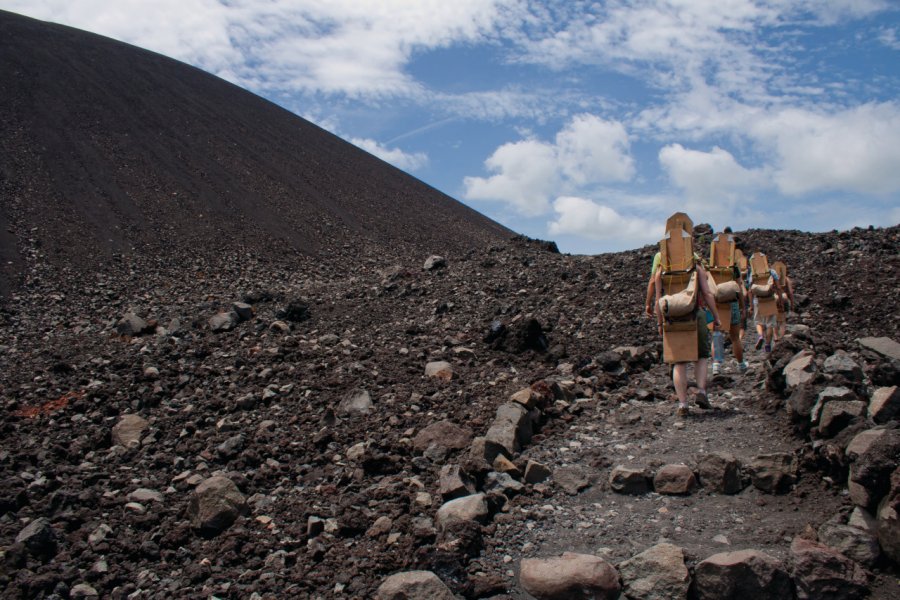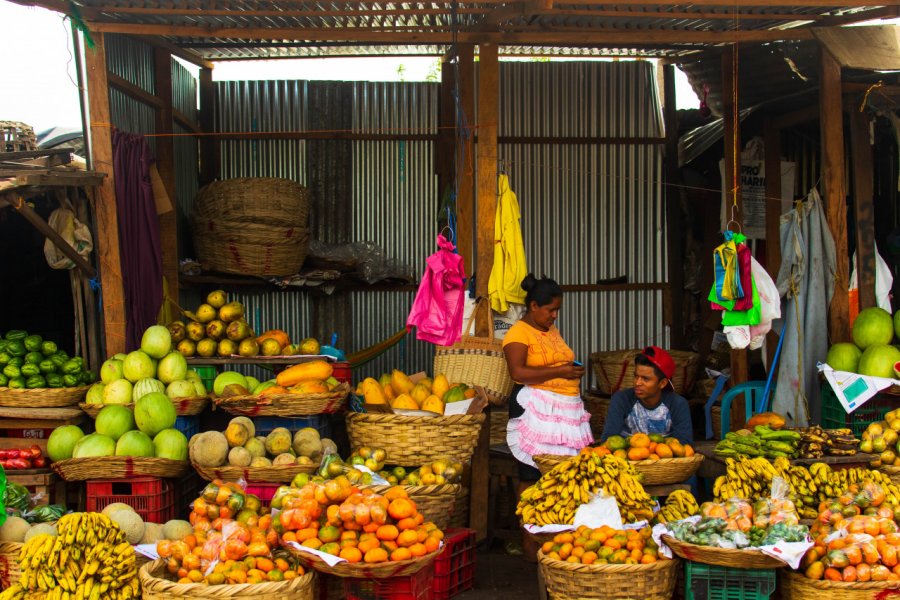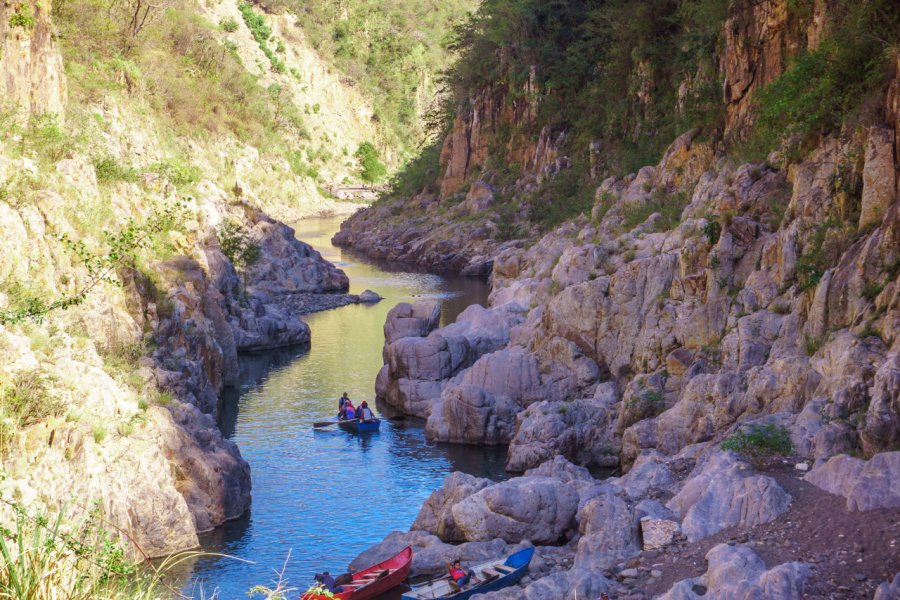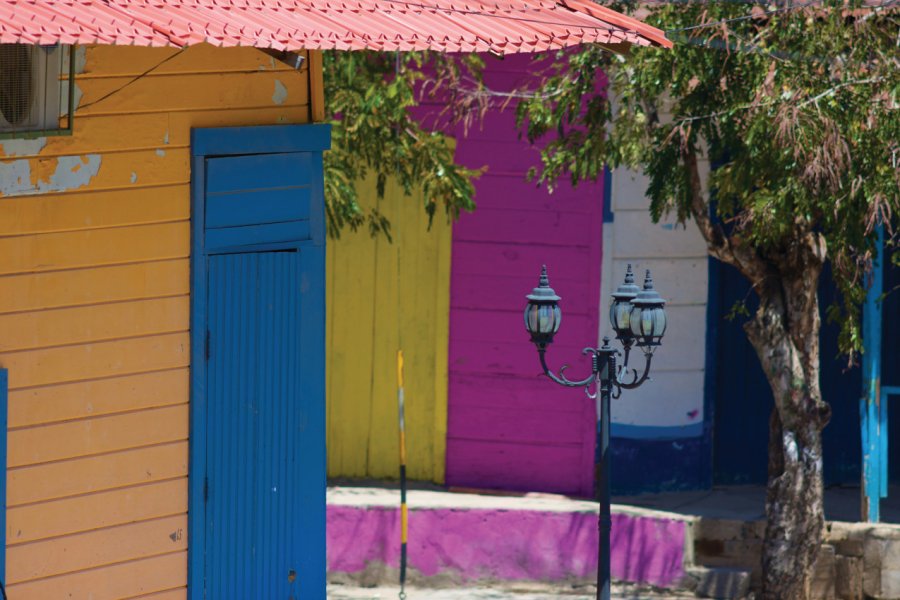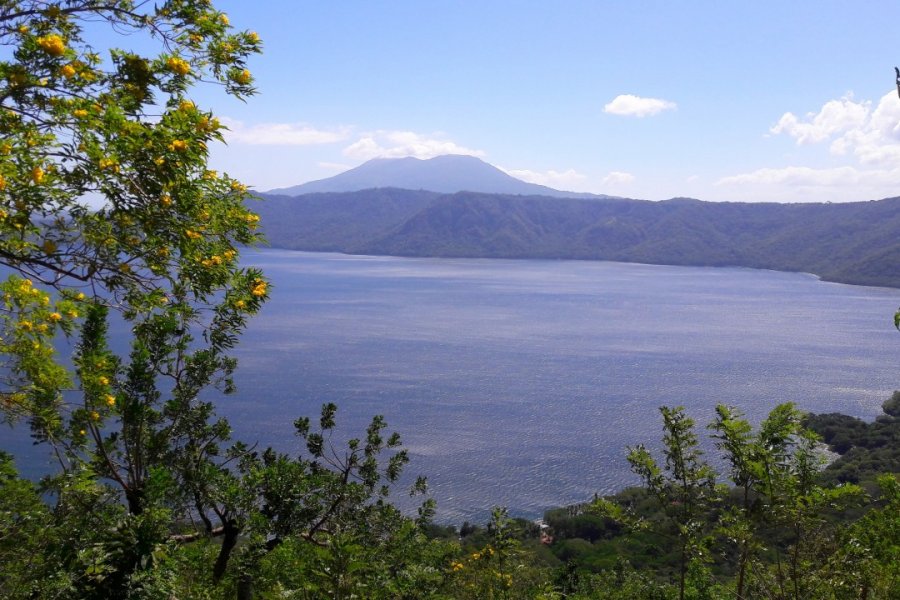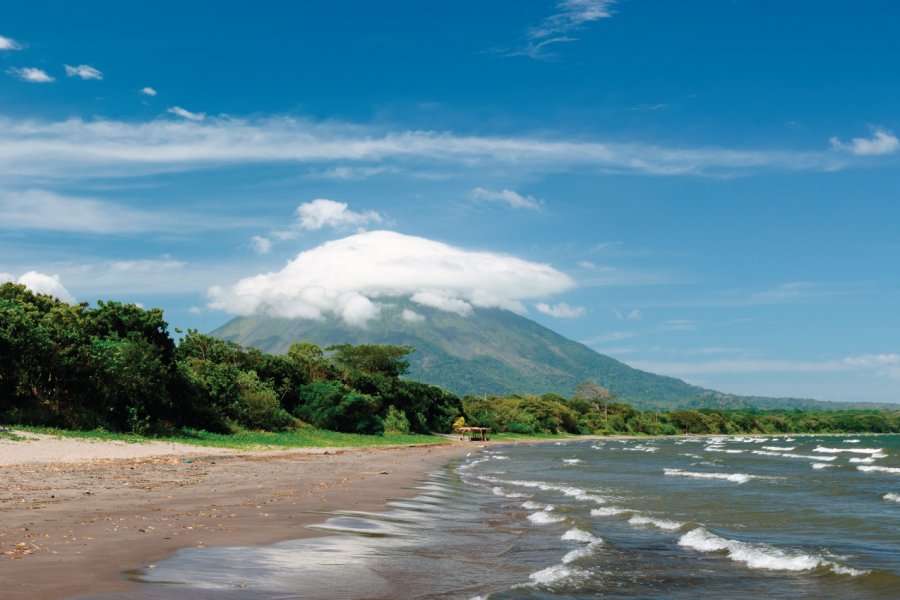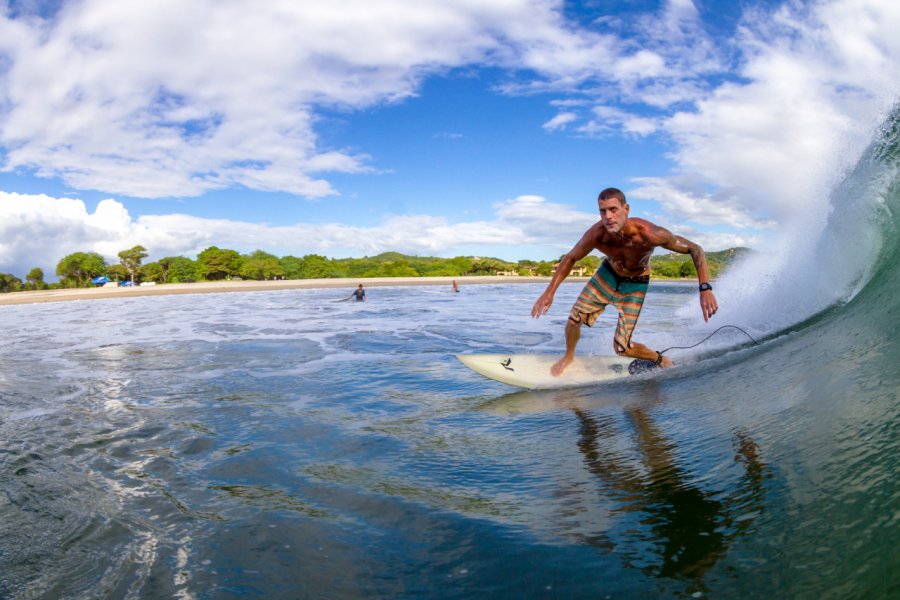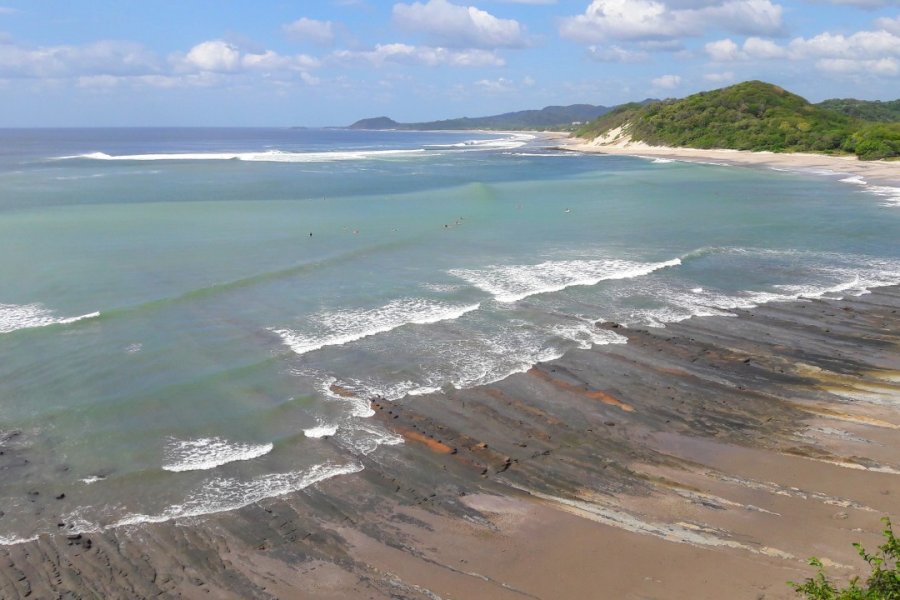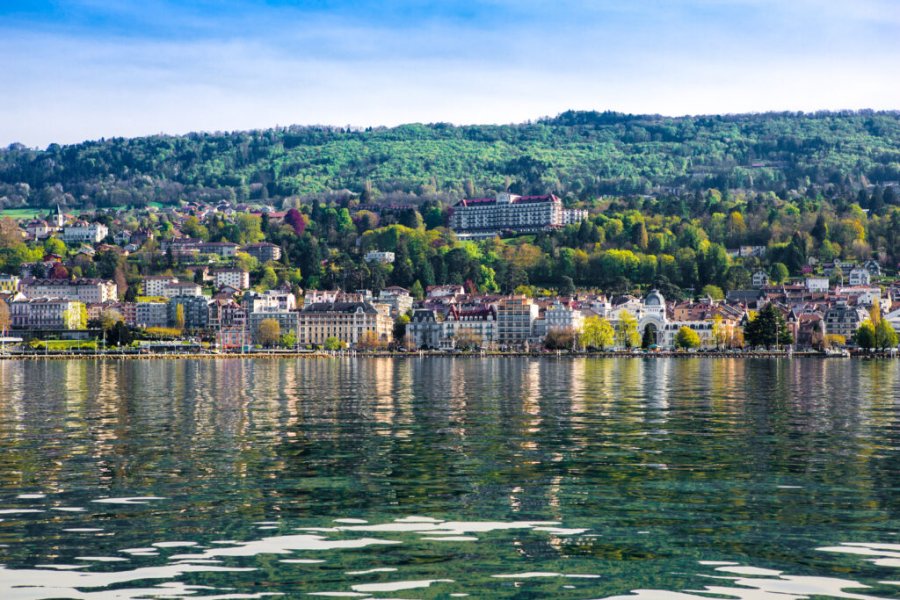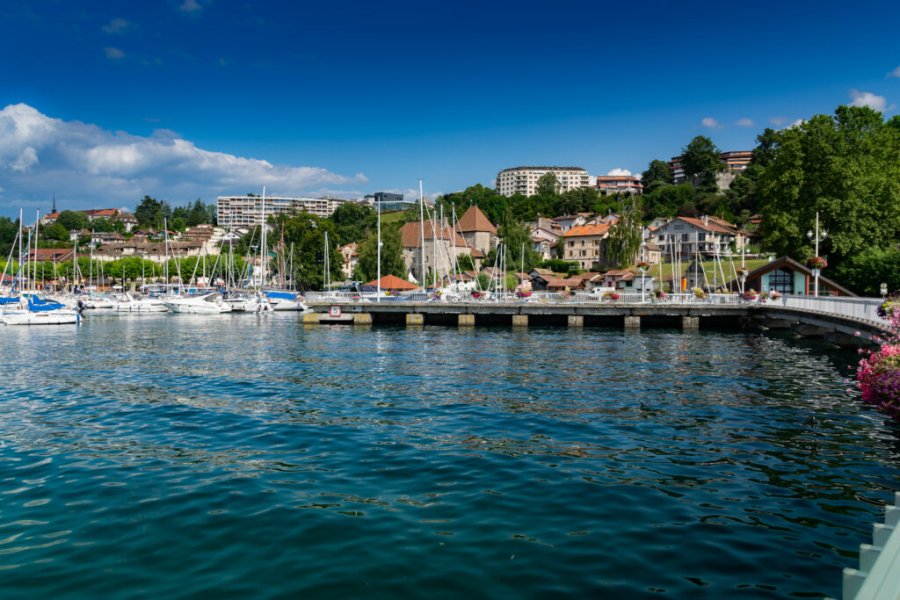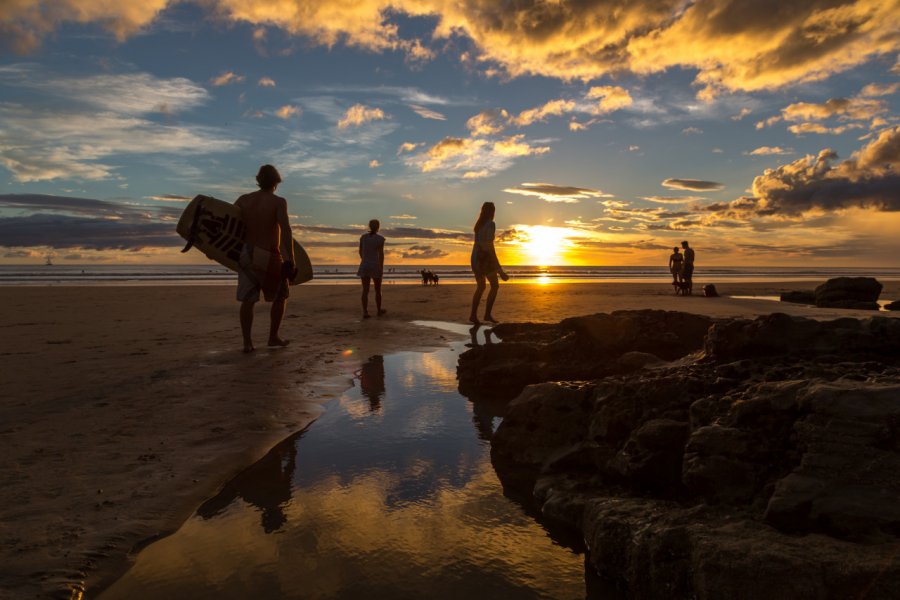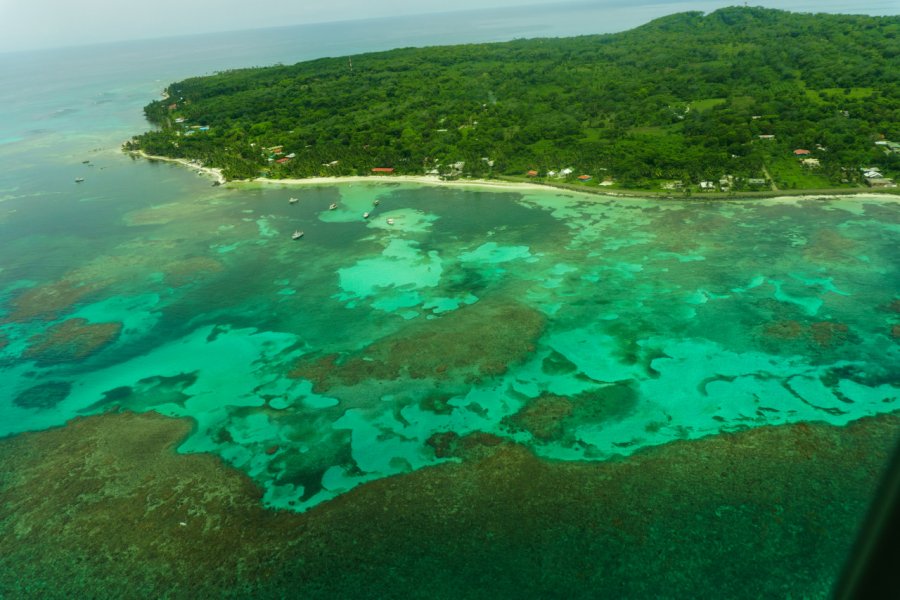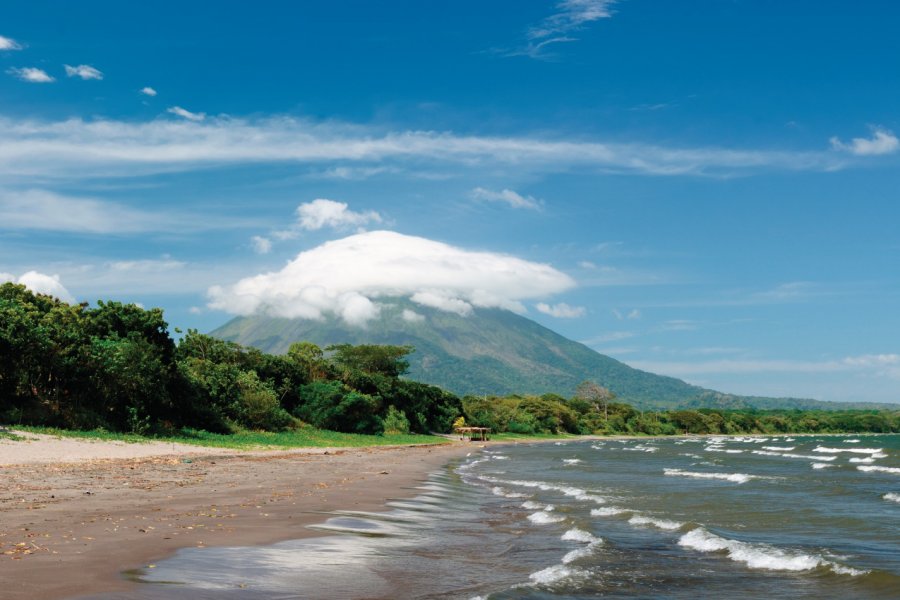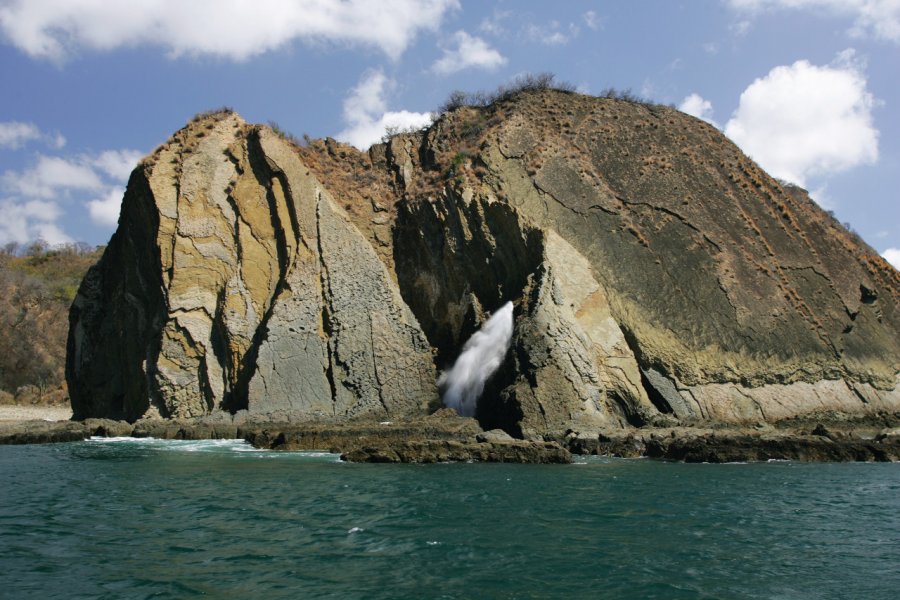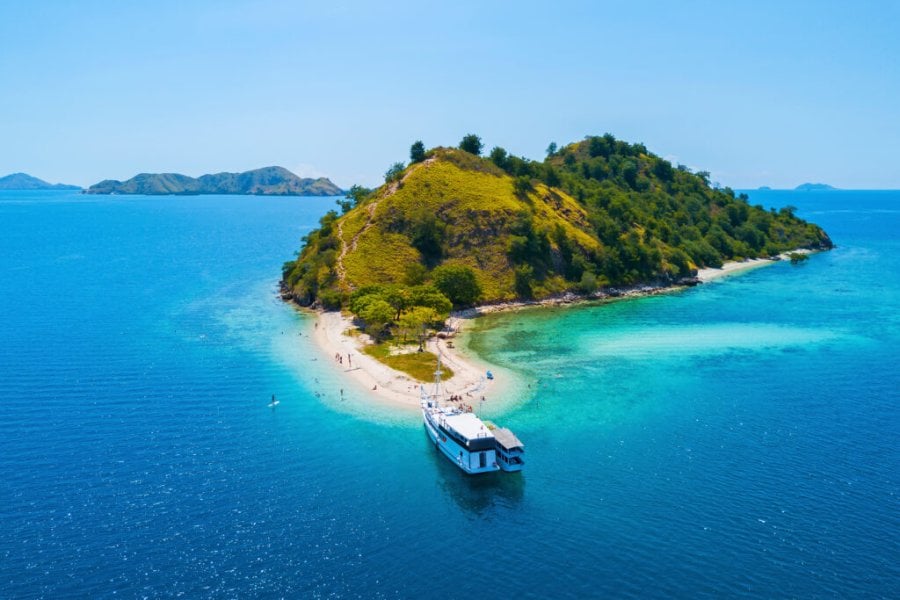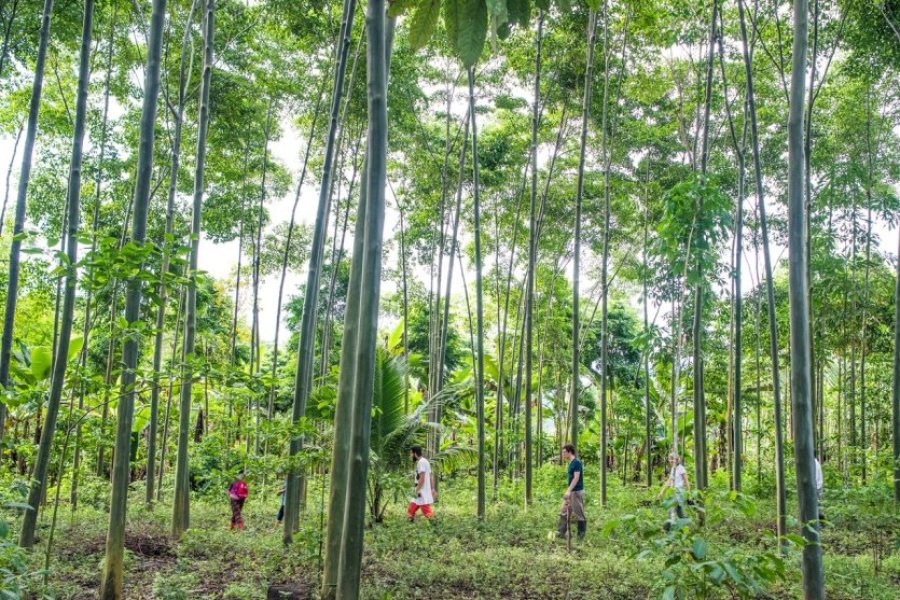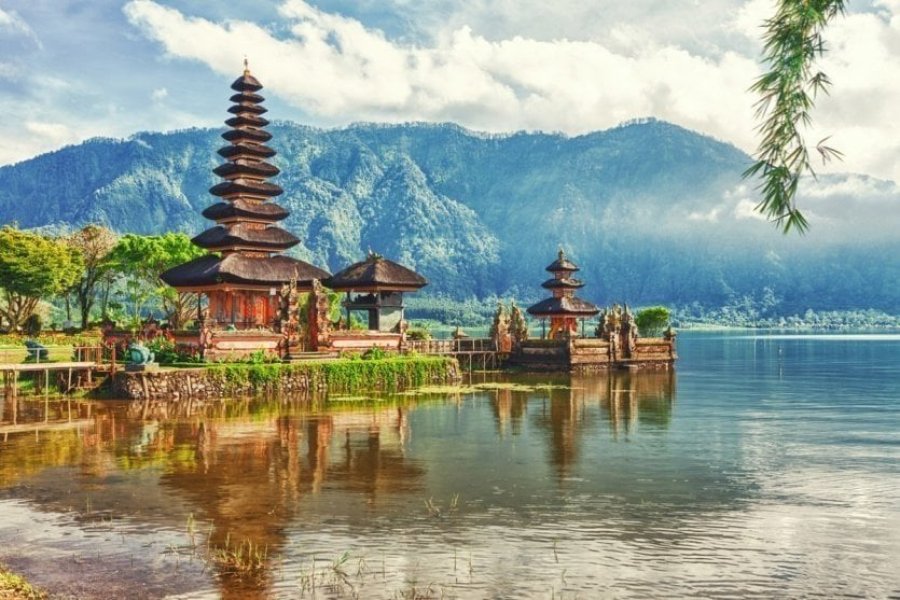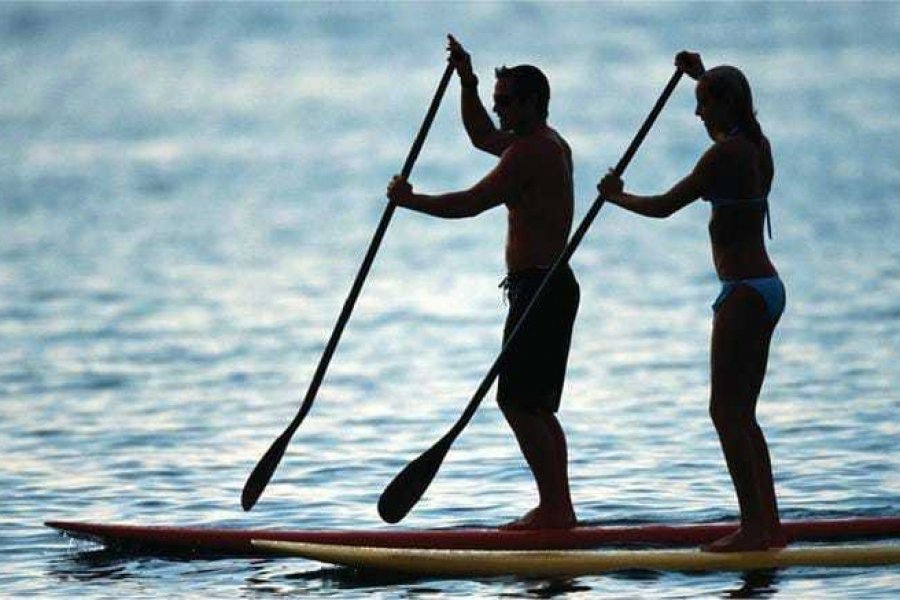Travel Guide Nicaragua
In the heart of Central America, with Honduras to the north and Costa Rica to the south, lies beautiful Nicaragua. With its well-preserved colonial heritage, lush jungles populated by tropical and wild fauna, and heavenly beaches, Nicaragua is a destination known for its majestic lake, not far from which is the country's capital, Managa. For the traveler, the country is a destination that is both inexpensive and still very authentic, because of the few tourists who venture there. Its reputation as a dangerous country is however to be put into perspective: if you prepare your trip well, you have absolutely nothing to fear. The tourist guide of Nicaragua is in this respect more than recommended, giving to the traveler a vast panel of the richness of the country. From the capital we will go to the fabulous city of Granada and its splendid cathedral, then we will take the direction of Ometepe and its two volcanoes located in the middle of the Nicaragua lake, to then make a lurch on the Pacific coast, San Juan del Sur being a perfect spot for surfing... for example! It is quite possible to explore Nicaragua in a thousand other ways. Put your preconceived ideas aside and go for it, Nicaragua is a sublime country!
What to visit Nicaragua?
Suggested addresses Nicaragua
When to go to Nicaragua?
When to go to Nicaragua? The two main tourist seasons in Nicaragua are the European vacations (July and August) and from the end of December to February (which corresponds to the Christmas holidays and the school vacation season in Nicaragua). It must be said that the best time to go to Nicaragua is during the dry season, which runs from November to April, when the weather is pleasant and not very rainy, and it can even be very hot in January and February! The Semana Santa period (Holy Week, just before Easter weekend) is a very busy time and, as with the major Nicaraguan vacations, hotel rates tend to go up! From May to October, the rainy season is not necessarily unpleasant, with showers almost never lasting more than a few hours, except perhaps from mid-September to late October. To the question "when to go to Nicaragua?", the answer is all year round, except for the month of October.
Weather at the moment
Nicaragua's weather depends on its tropical climate: humid on the Atlantic coast, dry on the Pacific coast, and temperate in the central regions. The dry season runs from November to April (Nicaragua's temperatures are particularly high from January to the end of February), while the rainy season runs from May to November, with heavy rains from mid-September to the end of October and an almost two-week dry period, usually in July.
Nicaragua is, with Honduras, the cheapest country in Central America. However, this fact should be tempered by the recent tourist craze in Nicaragua, which has led to the creation of luxurious hotels and other tourist facilities that tend to drive up the price of accommodation in general. Unless you don't care about cleanliness, most of your budget will be spent on accommodation. For the rest, you can get away with it.
You do not need a visa to enter Nicaragua. A passport valid for six months after your arrival is sufficient. You are given permission to travel for 30 days from the date of entry into Nicaragua, after paying a tax of US$5, payable at the airport or border crossing from Honduras or Costa Rica, but also a customs tax of US$2 if you cross land borders, and sometimes even a municipal tax of US$1 (as in Peñas Blancas to reach Costa Rica, for example).
No vaccinations are required to enter Nicaragua, but vaccinations against tetanus, diphtheria and hepatitis A are recommended. The more cautious (and adventurous) will add hepatitis B and typhoid fever. Plan your vaccinations several weeks before departure. It is also necessary to take precautions against dengue fever and malaria (put on mosquito repellent, a long-sleeved shirt and pants in risky areas, near stagnant water). Finally, if the water is drinkable in Nicaragua, weak stomachs will prefer bottled water, especially on the coast.
Practical information
- When to travel?
- Weather forecast
- Budget
- Formalities
- Health
- How to travel by yourself?
- How to get organized?
- Getting around
Media
How to go to Nicaragua? Our advice & tips
Not very touristy until recently, Nicaragua is slowly opening up to foreign travelers. A few agencies, generally used to working at the same time with neighboring countries (Honduras, El Salvador and Costa Rica), offer turnkey tours combining flights, accommodations, transfers and entrance tickets to the main tourist attractions.
Discover our selection of travel agencies for this destinationTo get to Nicaragua on your own, a plane ticket (about 700 to 900 € round trip from Europe) is enough! It may be wise to plan a little in advance the tour you wish to follow, in order to book the accommodation accordingly, you will make substantial savings. As for security, Nicaragua does not have a good reputation, but it is becoming increasingly safe. Just avoid walking alone at night in Managa and everything will be fine.
The plane is the fastest way to reach the remote areas of the east coast, but the prices are rather high. However, we recommend it to reach Corn Island, San Carlos and Puerto Cabezas. The boat is the most popular means of transportation in the east of the country, whether it is a ferry or a lancha (hard boat with a motor). Buses and cabs will do the trick in the city. You can also rent your own vehicle, as long as you are familiar with the Nicaraguan traffic rules!
